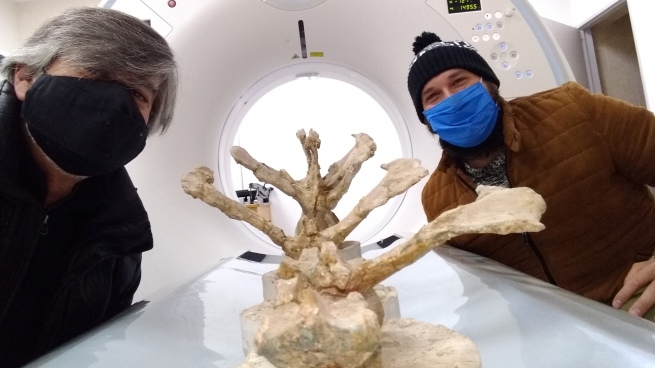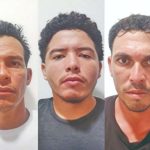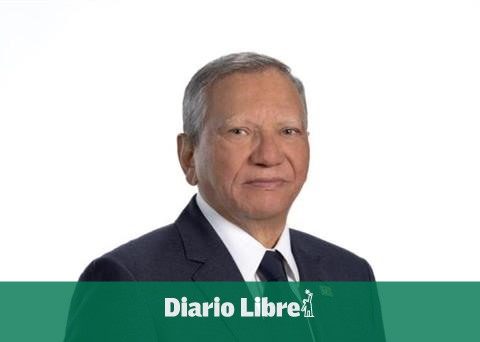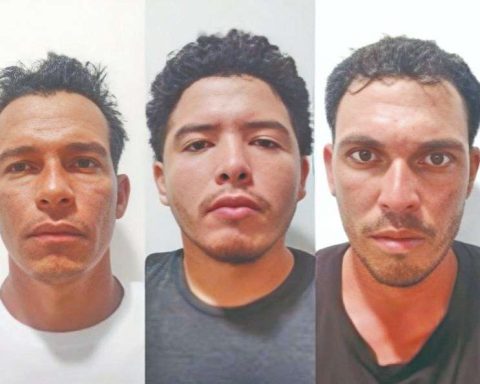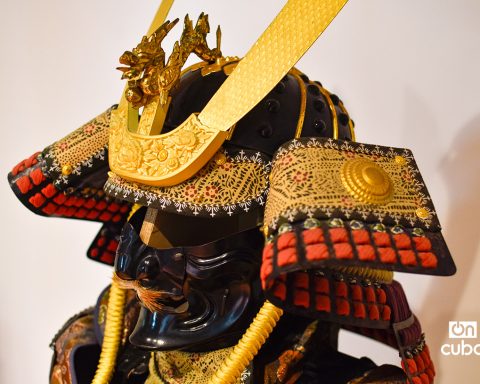Fossil remains of three species of dinosaurs with an antiquity of between 70 and 90 million years that inhabited what is now the territory of Neuquén were studied through computed tomography in a sanatorium in the town of Plaza Huincul to deepen paleontological investigations about their characteristics.
The emeritus director of the Carmen Funes Museum in Plaza Huincul, Rodolfo Coria, explained to Télam that the investigations through tomography “It is a technology that has been used for years in paleontological research in the world”. In fact, he remembered that the first one he did of this type was 20 years ago.
Coria indicated that “using tomography allows us to have access and information that, otherwise, we could not obtain. It is to get inside the pieces and reconstruct the internal structures of the elements studied, whether they are bones or fossil eggs.”
“The tomograph generates an image of its interior and there are times, not always, that this image allows you to obtain information that otherwise would have to break the bone or resort to more traumatic, more physical procedures, not as virtual as was done in the past,” said the paleontologist in relation to the studies being carried out at the Plaza Huincul Sanatorium, belonging to the Neuquén, Río Negro and La Pampa Private Oil Workers’ Union.

Coria clarified that, “it is not that bones were broken to see inside, but that the broken bones were used to be able to see inside.” And he added: “On the other hand, now, with the tomograph, in the particular case of the bones of some lineages of dinosaurs that are characterized by having been very light and hollow during the life of the animal, that pneumaticity can be detected by the tomograph in a way very clear and allows us to obtain information that otherwise would not be possible”.
However, he explained that “in the case of eggs it is not so clear and it was more than anything a test to see if we could use the tomograph to see certain structures”.
He specified that “we tomograph eggs with embryos and others closed because we want to see how the embryos react in terms of images in the tomograph to, perhaps, identify embryonic content without breaking the eggs from the virtual image.”
One of the richest paleontological deposits in the world
The Carmen Funes Museum from the Neuquén city of Plaza Huincul houses the fossil remains of one of the largest herbivorous dinosaurs found in the world, whose age reaches 65 million years.
Its about “Argentinosaurus huinculensis”which bears that name because it was found near Plaza Huincul in the province of Neuquén in 1989.
paleontologists José Fernando Bonaparte (deceased) and Rodolfo Coria published the results of the “huinculensis” investigation in 1993.
It was a dinosaur that lived in the oil region of Neuquén 65 million years ago, in the Upper Cretaceous, it fed on the foliage of trees and plants, it had a long neck and four huge legs that supported a weight of almost 100 tons in a body 40 meters long and 8 meters high.
Its vertebrae were 1.65 meters tall and scientists compare it to the size of seven African elephants.
Neuquén is a province with rich paleontological sites where different species of dinosaurs and clutches of eggs have been discovered.
Another of the great fossil remains found in Neuquén is the “Giganotosaurus carolinii” (Giant of the South), discovered by Ruben Carolinifond of paleontology in the vicinity of Villa El Chocón, in Neuquén.
It is considered the largest carnivorous dinosaur found in the world, displacing “Tyranosaurus rex”, which lived in territories that today belong to the United States.
It was a carnivorous animal that lived in the Cretaceous period between 99.6 and 96 million years ago.
Its length was 15 meters with a height of 8 meters, large jaws and teeth to catch its prey and a weight of 10 tons.
The remains found are in the Ernesto Bachman Municipal Museumfrom Villa El Chocón, where you can also see a replica made of resin in original size.
Fossil remains of three different families of dinosaurs passed through the scanner: the Aucasaurus, the Murusraptor and a new species that is under study.

Coria explained that “the Aucasaurus is a carnivorous dinosaur that we found at the Auca Mahuevo site, from the “Anacleto” geological formation, in the north of Neuquén, with an age of 70 million years.”
“It would have been the predatory form in this ecosystem where it would surely have fed on the eggs and embryos and offspring and would have acted, we understand, as a good element of population control,” he said.
The Murusraptor was another species that went through the tomograph and, according to Coria, “is another family of carnivorous dinosaurs that we found in Sierra Barrosa, in the formation of the same name and that is 80 million years old.”
“We selected vertebrae to see their eventual pneumaticity (air cavities in the bones) and we also tomographed a third species that we are studying: a carnivorous dinosaur that we found about 20 kilometers from Plaza Huincul in rocks 90 million years old, in the Huincul formation.

Coria thanked the “generosity” of the sanatorium to carry out the tomographies that will allow to deepen the investigations that they carry out.
“I highlight and rescue the generosity of the sanatorium -he said- because access to this type of technology allows institutions such as museums, which it is unthinkable that they could have the budget to acquire it, we can do it based on the goodwill of hospital centers as in this case”.
The work team that participated in the studies carried out at the health center was made up of Rodolfo Coria, Mattia Baiano and Iván Capurro from the “Carmen Funes” Museum, assisted in handling the tomograph by technician Gabriel Iril, from the Huincul Sanatorium.
